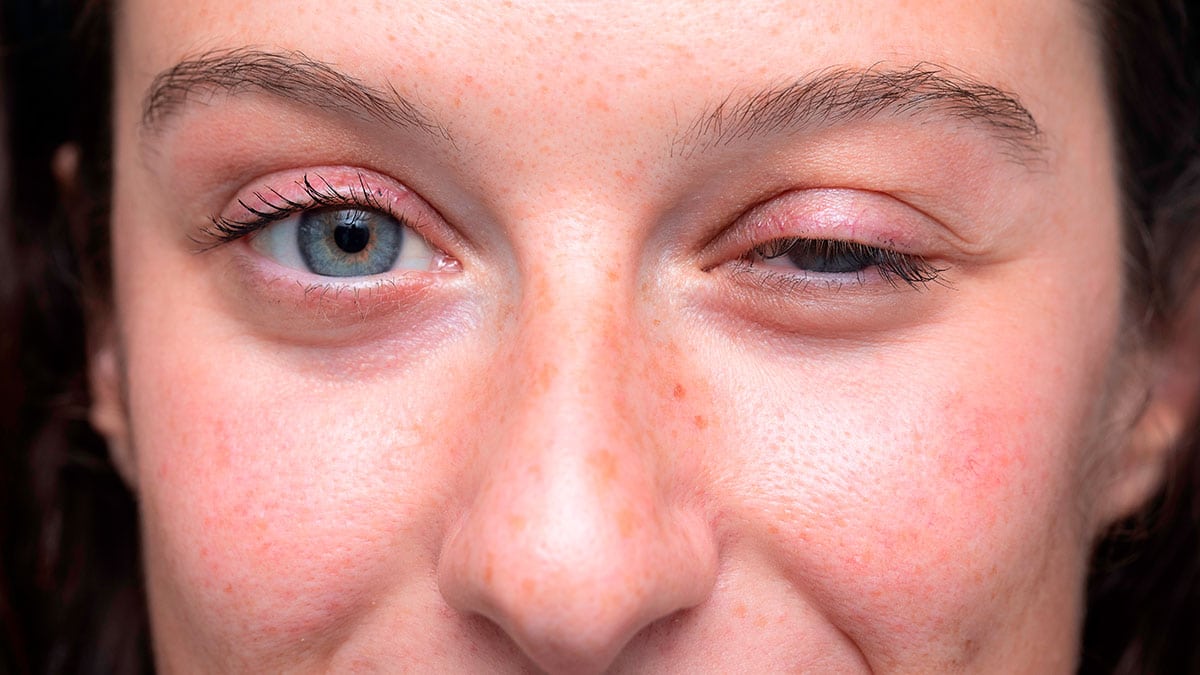Only the muscles that we can control are affected, producing fluctuating muscle weakness and easy fatigue, which increase with physical activity and improve with rest.
It is not contagious, it is not hereditary, it does not cause pain and it does not affect sensitivity.
The origin of myasthenia could be linked to alterations in the intestinal microbiota, since in a small study they have found that patients with this condition have higher levels of Gram-negative bacteria, such as Bacteroidetes, and lower levels of other microorganisms, such as the bifidobacteria. Autoimmune diseases are associated with each other, myasthenia gravis can do so (5-10%) with: thyroiditis, rheumatoid arthritis, lupus, Crohn’s disease, pemphigus, etc.
The rare congenital myasthenia, which although it may share symptoms with autoimmune MG, is different. It is caused by a genetic alteration and is hereditary.
There are two clinically well-differentiated groups or types of myasthenia gravis, ocular gravis and generalized myasthenia gravis:
Ocular myasthenia gravis
It represents 20% of the MG. Seven out of ten affected people start presenting ocular symptoms; of them, 80% evolve to the generalized form in 1-3 years. Half of this group are seronegative.
Generalized myasthenia gravis
It represents 80% of cases. Eye muscles, trunk and extremities are affected. Includes other forms:
- Bulbar: muscles of the face, palate, speech, swallowing are affected.
- Respiratory: respiratory muscle involvement (the most serious).
- Seronegative: 6-12% of patients do not have antibodies against the acetylcholine receptor, but anti-musk antibodies are detected in 50% of them, which indicates a worse prognosis.
- Transient neonatal: 10-20% of newborns of myasthenic mothers suffer from MG due to the passage of antibodies through the placenta. Causes weak cry, sucking difficulty, muscle flaccidity. It appears in 48-72 hours and can last up to 2-3 months. It is temporary.
- Drug-induced: “penicillamine” (for rheumatoid arthritis) can induce transient myasthenia.
- Spontaneous remission: in 20% of cases in its first years of evolution.
Muscle weakness worsens throughout the day, so that the patient may be normal first thing in the morning and, for example, cannot raise the eyelid after mid-afternoon. It is not about generalized tiredness, but about the inability to mobilize the affected area muscularly:
- Ocular: double vision (diplopia), blurred, droopy eyelids (ptosis).
- Bulbar: difficulty speaking (dysarthria), swallowing (dysphagia), chewing, nasal voice, loss of expressiveness, vertical smile, hoarseness. Patients often note weakness during chewing, especially with foods that may involve increased chewing activity. In advanced cases, they may notice difficulty closing their mouth outside of mealtimes, even. Weakness in swallowing or dysphagia is a data of special risk due to the danger of diverting food into the respiratory tract and causing bronchial aspiration.
- Facials: in this case, it is usually the relatives who notice that the patient has lost his usual expression or his smile, due to the weakness of the facial mimicry muscles.
- Axial: weakness in the neck and spine. They usually present the “drooping head sign” at the end of the day, causing pain in other muscle areas due to the effort of other muscles to maintain the position of the head.
- Extremities: weakness in arms and legs, being more frequent the involvement of the arms.
- Respiratory: difficulty coughing, breathing (myasthenic crisis). It is a true emergency due to the vital risk it entails.
The patient with myasthenia gravis must assume that nothing will be as before; rethink your life and adapt to the new stage that you are going to live.
Living with a patient with myasthenia gravis is not easy. Don’t ask him to keep his spirits up when energy is low or to push himself because he may be on edge. Be patient, do not force him to fight a battle with his surroundings as well. Help him with his limited activities and encourage him to do those that his symptomatology allows. Remember that the only thing the patient who suffers from myasthenia wants is to be able to participate in life with maximum normality.






